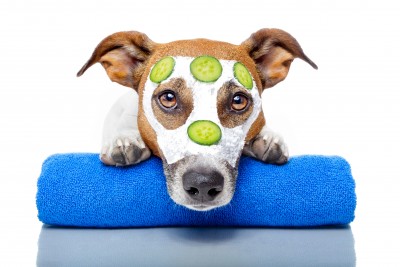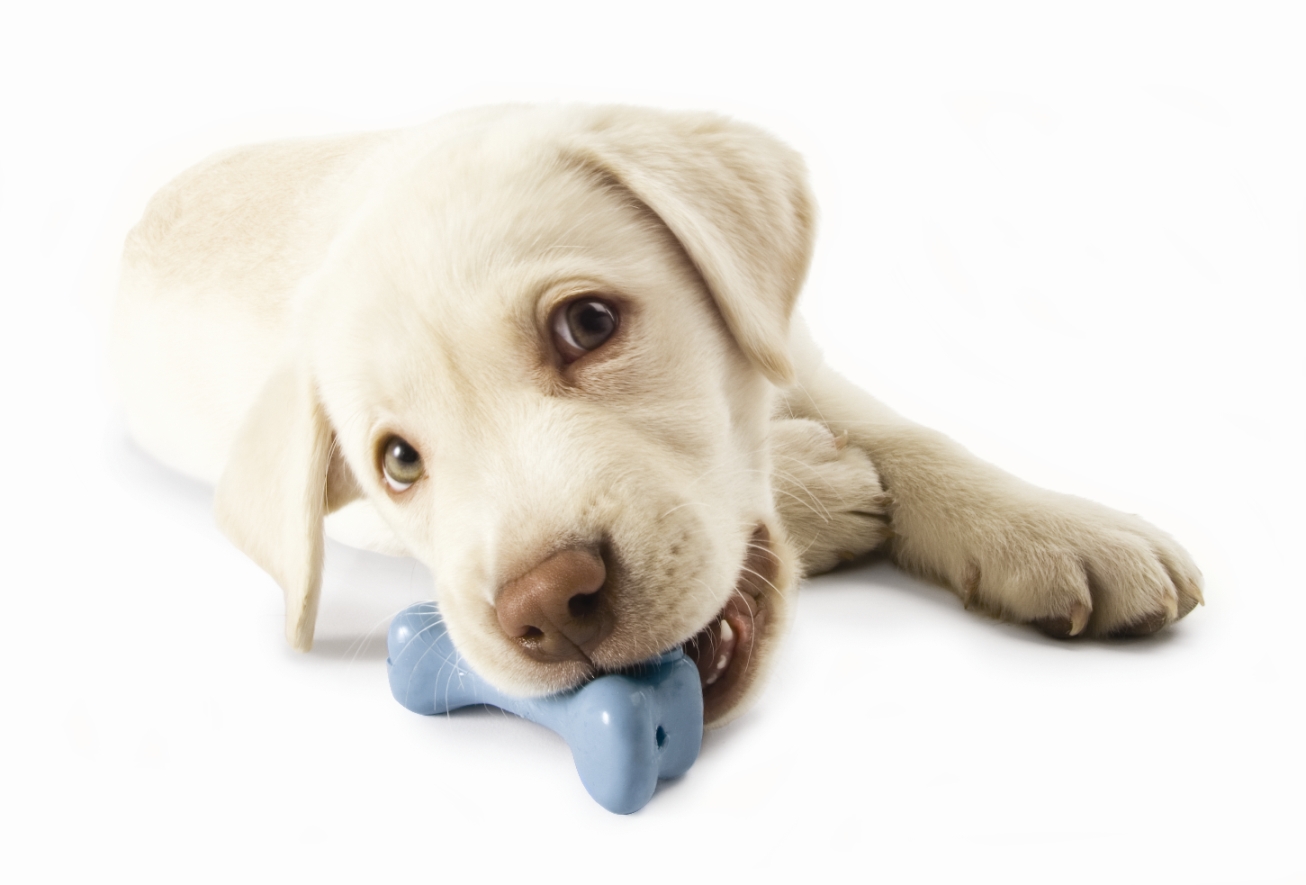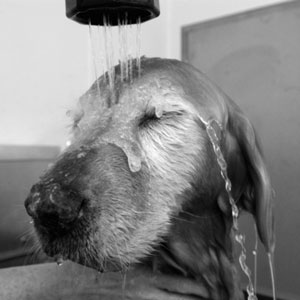 Yes! Dogs do get acne, just like their human counterparts.
Yes! Dogs do get acne, just like their human counterparts.
Generally, acne isn’t a major health problem for dogs and is easily preventable and treatable when it does flare up. Most acne in dogs will clear up once they reach maturity, but it can reoccur over their lifetime.
Dog acne can appear as red pimples, blackheads, or whiteheads, just like in humans. It most often appears around the lips, muzzle, chin, armpits, chest, lower belly, and/or genital area. There can be bleeding, swelling, or pus that gets expelled if the area gets irritated.
Juno’s acne showed up as a puppy around her chin and on her muzzle, right where her whiskers come out of her fur. Through a process of elimination, we were able to link most of the acne to her plastic food bowl. Even though we were washing the bowl, her chin and muzzle were covered in little red pimples. Switching to a metal bowl and later to a ceramic one (which we now just pop in the dishwasher) solved the issue.
1. Possible Causes of Acne in Dogs
 Acne can be a normal part of adolescence for dogs, despite precautions and preparations that are taken with respect to proper hygiene in their environment. Most isolated flare-ups of acne in dogs can be traced to a change in their environment (new bedding, temperature or ambient changes in the house, chemicals and bacteria in swimming pools, lakes, and creeks), new toys or accessories (collars, leashes, food bowls), and hormonal changes (due to age or medications). Other times, what appears to be acne may be a mild allergic reaction to a food, medication, or new product, which will disappear after use is discontinued. While Boxers, Dobermans, and Great Danes can be more prone to acne than other breeds, acne in dogs can (and does) occur in all dog breeds.
Acne can be a normal part of adolescence for dogs, despite precautions and preparations that are taken with respect to proper hygiene in their environment. Most isolated flare-ups of acne in dogs can be traced to a change in their environment (new bedding, temperature or ambient changes in the house, chemicals and bacteria in swimming pools, lakes, and creeks), new toys or accessories (collars, leashes, food bowls), and hormonal changes (due to age or medications). Other times, what appears to be acne may be a mild allergic reaction to a food, medication, or new product, which will disappear after use is discontinued. While Boxers, Dobermans, and Great Danes can be more prone to acne than other breeds, acne in dogs can (and does) occur in all dog breeds.
2. Suggestions for Treating Acne in Dogs
Most acne in dogs can be treated by staying on top of bathing your dog, keeping their food stored and served in clean containers, and wiping their muzzles and chin with a warm, clean cloth after busy walks that are packed with a lot of sniffing (pee-mail, park and street garbage, discarded food etc.). Watch for flare-ups after introducing new foods or toys and accessories.
 Acne can also be managed or calmed by bathing your dog using a shampoo that is especially meant for dogs. Oatmeal, aloe, or echinacea-based dog shampoos can be especially helpful in treating skin problems. It’s best not to use human shampoos, conditioners, creams, or medicated ointments on dogs. There are equivalents for dogs and it’s best to use them instead.
Acne can also be managed or calmed by bathing your dog using a shampoo that is especially meant for dogs. Oatmeal, aloe, or echinacea-based dog shampoos can be especially helpful in treating skin problems. It’s best not to use human shampoos, conditioners, creams, or medicated ointments on dogs. There are equivalents for dogs and it’s best to use them instead.
Much like with humans, it’s never a good to pick or squeeze at the acne. Picking or squeezing can cause irritation, spreading, and lead to serious infection from bacteria being introduced into open sores. You can apply warm, clean cloths to reduce swelling, but sometimes acne will clear up on its own when just left alone.
As with any health concern related to your pet, if there are large outbreaks of acne, bleeding, significant swelling, pus being expelled, or any other signs of infection (odour, pain etc.), these should be cause for concern. Visit your vet for an assessment and to get a sense for additional treatment options.
We’re not pet professionals. This information is based on our experience and research. We always encourage you to seek professional advice from your vet when it comes to the health and well-being of your pet!
Have you ever had to manage acne in your dog? What did you do?
I never imagine dogs can get an acne. I’ll try to check Boomer if he has acne.